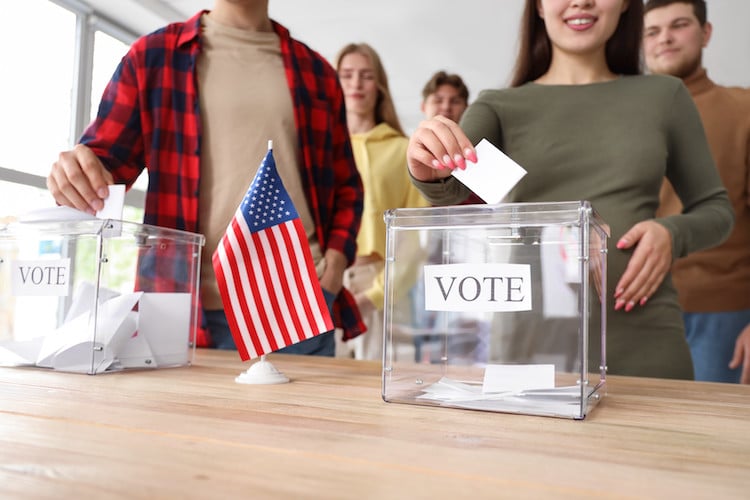Engaging Students in Election Education: Understanding Political Parties and the Electoral College

It is essential to start by discussing the original political parties in the United States. The first two major parties were the Federalists and Anti-Federalists. The Federalists, led by Alexander Hamilton, believed in a strong central government and supported policies such as a national bank. On the other hand, the Anti-Federalists, led by Thomas Jefferson, favored states’ rights and were wary of centralized power. These early divisions laid the foundation for our current party system.
Over time, these original parties transformed into what we now know as the Democratic and Republican parties. The Democratic Party traces its roots back to Thomas Jefferson’s Democratic-Republican Party, which later split into separate factions before becoming today’s Democratic Party. The Republican Party was founded in 1854 as an anti-slavery party and has since evolved into one of the two major political parties in the United States.
Now that we have covered the history of political parties, let’s delve into the electoral college. Contrary to popular belief, when voters cast their ballots for president on Election Day, they are not actually voting directly for their chosen candidate. Instead, they are choosing electors who will then vote for president on their behalf. Each state has a set number of electors based on its representation in Congress (senators + representatives), with a total of 538 electors nationwide.
The candidate who wins a majority of electoral votes (270 or more) becomes president. This system was established by the Founding Fathers as a compromise between electing a president through Congress or through popular vote. While some criticize the electoral college for potentially allowing candidates to win without winning the popular vote (as seen in recent elections), others argue that it ensures smaller states have a voice in presidential elections.
As educators, it is crucial that we engage our students in discussions about political parties and the electoral college to help them understand how our government functions. By providing them with historical context and explaining how these systems work today, we can empower them to make informed decisions as future voters. Encouraging critical thinking and civic engagement among students is essential for fostering an informed citizenry who actively participate in shaping our democracy.
By discussing topics such as political parties and the electoral college with our students, we can equip them with valuable knowledge that will help them navigate future elections with confidence. Understanding where our current party system comes from and how our presidential elections are conducted can empower students to engage thoughtfully in civic discourse and make informed choices at the ballot box. Let us continue to prioritize election education in our classrooms to ensure that future generations are equipped with the tools necessary to be active participants in our democracy.
Contact us today with any questions!
Latest News & Updates
The Power of Personalized Learning: How Virtual Tutoring with Certified Teachers Transforms Education
In today’s evolving educational landscape, personalized learning has become an...
December De-Stress: Managing Finals and the Holiday Rush
December can be one of the most challenging times of the year for student mental...
Beyond the Classroom: How LearnWell’s Virtual Tutoring Elevates Flexibility, Reduces Stress & Strengthens Learning
In an era when work, family, health, and academics must all coexist, rigid...



